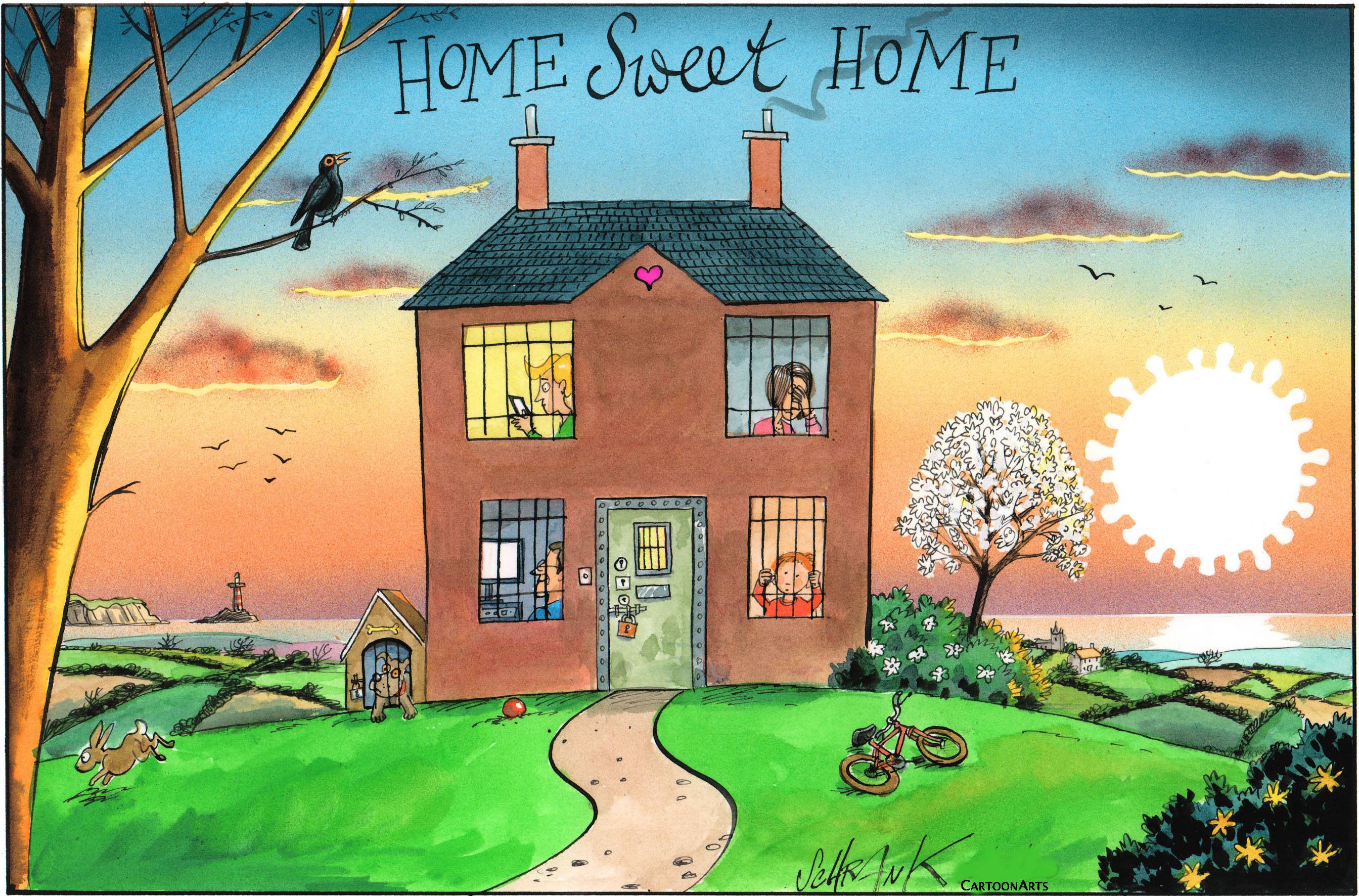My junior and senior years in high school were 1968 and 1969; five decades later, I can still remember some of the main events of that era: the assassinations of Martin Luther King and Robert F. Kennedy, the bombing of Cambodia, the Apollo 8 spaceflight that orbited the moon, and Woodstock, which I pleaded with my parents to let me attend. (They said no.)
In my personal life, I remember playing on the basketball team, buying my first car, working in my family’s corner grocery store and wishing I had the nerve to ask certain girls out on a date. Here’s what I don’t remember: the pandemic of 1968-1969.
And yet there was one. It was called the H3N2 virus — less formally, the Hong Kong flu — and it took a significant toll. The Centers for Disease Control and Prevention has estimated that 1 million people died worldwide, 100,000 in the United States. Conditions in large U.S. cities sound similar to what they’re going through now, with overwhelmed hospital workers, millions of people getting sick and the elderly most likely to die.


















With your current subscription plan you can comment on stories. However, before writing your first comment, please create a display name in the Profile section of your subscriber account page.